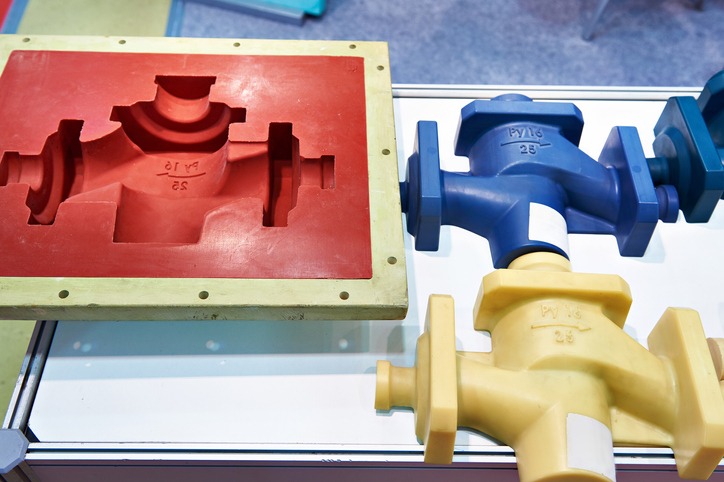The plastic manufacturing industry is a growing one. Plastic molding requires raw plastic materials to be melted and poured into a mold, which takes shape and forms a finished product using a plastic molding machine.
There are many reasons why most manufacturers opt for plastic molding to manufacture their products. However, plastic molding has its disadvantages as much as there are advantages.
The advantages and disadvantages of plastic molding will be explored below.
Advantages of Plastic Molding
1. Mass production
Plastic molding is one of the fastest means of plastic production so it can manufacture products in high volume within a short time. A plastic molding cycle takes less than a minute, and each cycle time can produce several parts- this makes for a more significant output.
2. Less Waste
Plastic molding produces little waste material, unlike CNC machining, which cuts off large blocks or sheets and leaves the final product weighing only a few grams. Plastic molding is more efficient because it saves materials instead of wasting them.
3. Low cost (in the long run)
Plastic molding is a low-cost process because it doesn’t waste materials like other manufacturing processes. Also, plastic is not expensive as other materials like metal and rubber. Once you’re able to cover the initial cost for the mold, the labor cost is reduced.
4. Consistent quality
Plastic molding is a repeatable process. With the plastic molding machine, you can produce thousands of similar plastic parts with the same quality in one day. If consistency is essential for your project, then plastic molding is the best manufacturing process for you.
Disadvantages of injection molding
1. Long lead times
A high-quality plastic mold will be durable. Consequently, it requires lots of planning and testing to get it done correctly. Designing, prototyping, testing, and tooling can take a long time. Plastic molding has a long lead compared to other types of plastic manufacturing.
If you want a mold that can produce numerous plastic parts in one production cycle, the process may take a longer time. Because the mold maker will have to design, build and test every cavity tool before creating the multi-cavity tool. And the multi-cavity tool has to go through the same designing, prototyping, and testing phases too.
2. Design limitations
Plastic molding is mainly used for heating and cooling plastic. If a mold shape causes the plastic to come out deformed or inconsistent, the plastic part ends up useless. You can minimize this risk by ensuring the mold walls are the same size so the parts spread out and solidify evenly. At the same time, the plastic mold should not be thicker than 4 millimeters and not thinner than 0.5 millimeters. You should note that the thicker the mold wall, the longer each production cycle will take.
3. Size limitations
If you need to produce large single parts, you may not be able to achieve that with plastic molding due to its size limitations. As a result, you’ll have to produce multiple parts to make up a large part.

